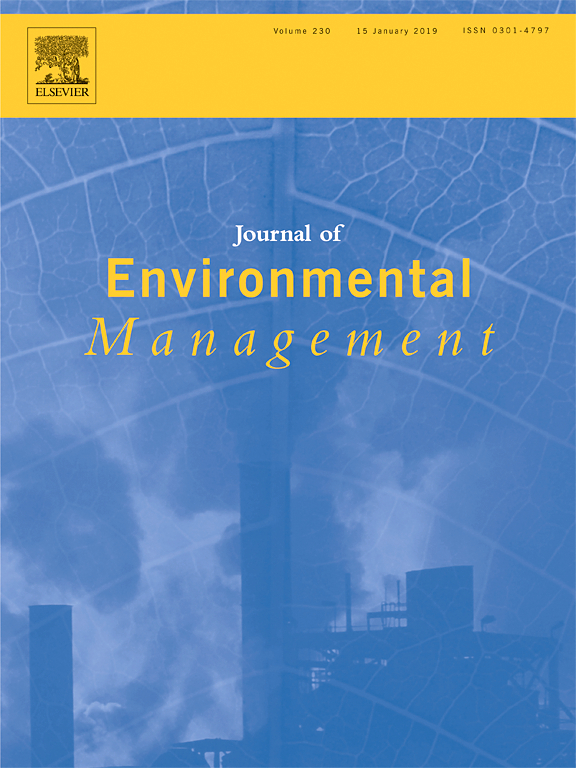Strobilanthes cusia is a herb species of the Acanthaceae family. This plant is a well-known dye crop. A participatory experiment was conducted regarding S. cusia cultivation under bamboo stands. Strobilanthes cusia seedlings were planted in split plot design consisting of two treatments, with bamboo canopy cover (dense canopy, moderate canopy, sparse canopy, open area) as the main plots and the use of fertiliser (control, swine manure, NPK 16-16-16, NPK plus swine manure) as the sub plots, with each plot being 10 m2. Strobilanthes cusia seedling performance was best under sparse canopy, where on average shoot length was 22.80 cm, the number of leaves was 45.3, and leaf yield at the edge and middle of plot were 1.90 kg/plot and 1.86 kg/plot, respectively. Wet paste yield was best from S. cusia cultivated under the sparse canopy with NPK plus manure (337 g m−2) resulting in dried paste at 0.71 g m−2. Financial feasibility showed that intercropping S. cusia under a natural bamboo stand of Dendrocalamus asper delivered net present value of Indonesian Rupiah 28,951,568 (USD 1,587) with benefit cost ratio of 1.58.
DOI:
https://doi.org/10.1007/s10457-023-00872-w
Altmetric score:
Dimensions Citation Count:























